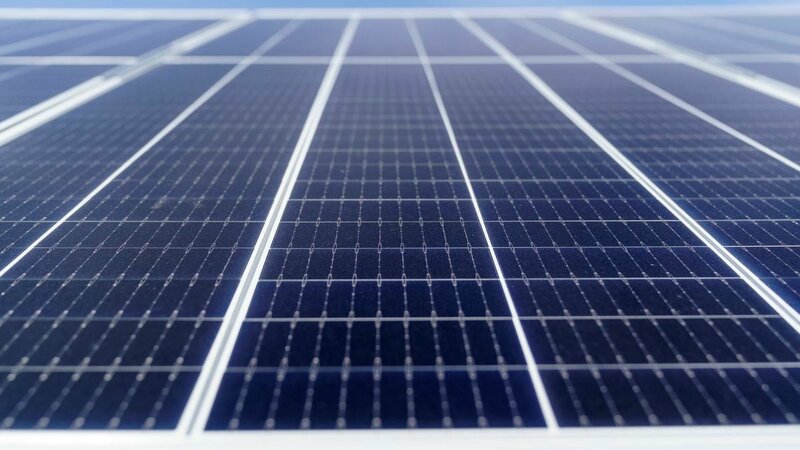More farmland across the U.S. will need to host power-generating solar panels for the country to decarbonize the electric grid and meet targets for reducing greenhouse gas emissions, according to the U.S. Departments of Energy and Agriculture.
But that’s not the sell that officials at the USDA’s Rural Development office use to entice Oregon farmers and rural business owners to get onboard.
“We estimate that our customers are saving between 40% and 100% on their electricity bills,” said Margaret Hoffman, Oregon director for the rural development office.
Those customers are farmers and small business owners across the state who’ve applied for historic federal funding to put solar panels on their land and businesses through the Rural Energy for America Program. It’s been around since 2008 but received a record $1 billion in funding as part of the Inflation Reduction Act, passed by Congress in 2022. It is now, according to Hoffmann, the single largest investment in rural electrification since the 1930s, and farmers and business owners are eager to jump on it.
“We’ve seen a huge uptick of interest in the program,” Hoffman said.
In the last year the office has invested more than $4 million in 38 solar projects in rural Oregon. But challenges with a lack of transmission for the electricity, and a lack of local technical assistance – including help applying for grants to offset the cost of solar installations – remain. Hoffman, who previously served as energy policy advisor for former Oregon Govs. John Kitzhaber and Kate Brown, said it’s something she’s trying to champion as demand for solar in rural Oregon grows.



 USDA
USDA Energy
Energy Farming
Farming Agriculture
Agriculture


